A water softener is a device that removes hardness from water, typically by exchanging calcium and magnesium ions for sodium ions. This process, known as ion exchange, occurs within a resin bed, which is composed of small, porous beads made of a material called ion-exchange resin.
Why is a Water Softener Needed for Well Water?Well water often contains high levels of dissolved minerals, including calcium and magnesium, which cause hardness. Hard water can create several problems, such as:
- Scale Buildup: Hard water can cause scale buildup in pipes, appliances, and fixtures, reducing their efficiency and lifespan.
- Soap Scum: Hard water can make it difficult to create a lather with soap, resulting in soap scum buildup on surfaces.
- Dry Skin and Hair: Hard water can strip away natural oils from skin and hair, leading to dryness and irritation.
- Reduced Detergent Effectiveness: Hard water can reduce the effectiveness of detergents, making it harder to clean clothes and dishes.
- Water Hardness Level: The first step in choosing a water softener is to determine the hardness level of your well water. There are several ways to do this, including purchasing a water test kit or sending a sample of your water to a laboratory for analysis.
- Flow Rate: Consider the flow rate of your well water system when selecting a water softener. The flow rate is measured in gallons per minute (GPM) and determines the size of the water softener you need.
- Grain Capacity: The grain capacity of a water softener refers to its ability to remove hardness from water. The grain capacity is measured in kilograins (KGR) and determines how much hardness the water softener can remove before it needs to be regenerated.
- Type of Water Softener: There are two main types of water softeners: salt-based and salt-free. Salt-based water softeners use a process called ion exchange to remove hardness from water, while salt-free water softeners use a different process, such as template-assisted crystallization.
- Brand and Reputation: Consider the brand and reputation of the water softener manufacturer when making a purchase. Look for brands that are known for their quality, reliability, and customer service.
- Proper Installation: It is important to have a water softener installed by a qualified professional. Improper installation can lead to leaks, damage to the water softener, or ineffective water softening.
- Regular Regeneration: Water softeners need to be regenerated regularly to maintain their effectiveness. The frequency of regeneration depends on the hardness of your water and the size of the water softener.
- Salt Replenishment: Salt-based water softeners require regular replenishment of the salt supply. The frequency of replenishment depends on the hardness of your water and the size of the water softener.
- Maintenance: Water softeners should be inspected and maintained regularly to ensure proper operation and longevity. This may include cleaning the resin bed, checking for leaks, and replacing any worn or damaged parts.
- Improved Water Quality: Treated water has a reduced mineral content, improving the taste, smell, and appearance of the water.
- Reduced Scale Buildup: This can save you money by extending the lifespan of your appliances.
- Softer Skin and Hair: Softened water can help to improve the health of your skin and hair.
- More Effective Laundry and Dishwashing: Softened water can improve the performance of detergents and soaps.
- Increased Energy Efficiency: Softened water can help to improve the efficiency of water heaters and other appliances that use water.
A water softener can be a valuable investment for well water users, providing numerous benefits and improving overall water quality. By choosing the right water softener and properly installing and maintaining it, you can enjoy the advantages of softened water throughout your home.
--You received this message because you are subscribed to the Google Groups "Broadcaster" group.
To unsubscribe from this group and stop receiving emails from it, send an email to broadcaster-news+unsubscribe@googlegroups.com.
To view this discussion on the web visit https://groups.google.com/d/msgid/broadcaster-news/9aa09de1-81fa-4c7e-ad67-17431e4b7165n%40googlegroups.com.
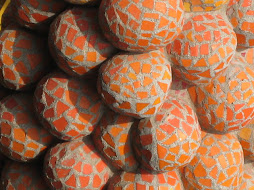
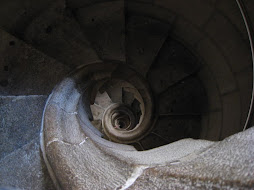
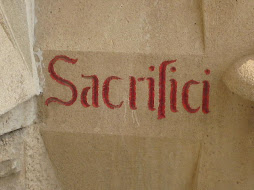
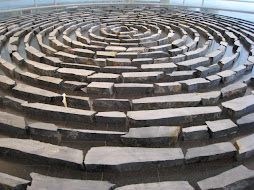
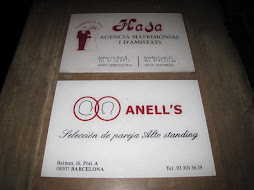

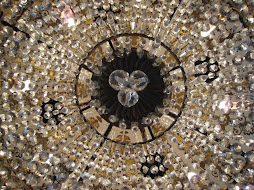
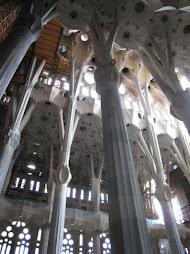

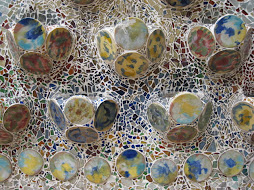
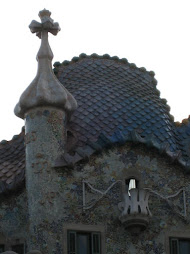


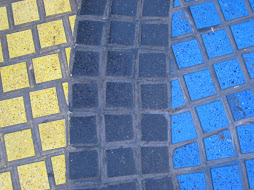



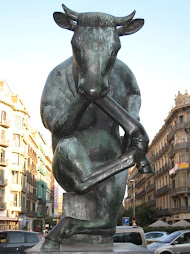

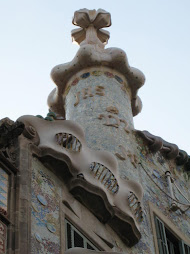
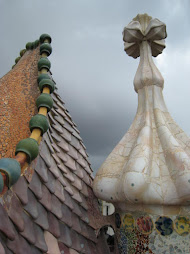
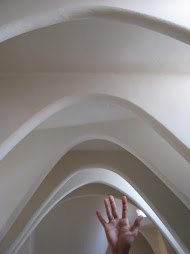
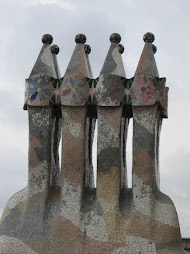
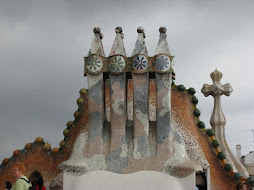
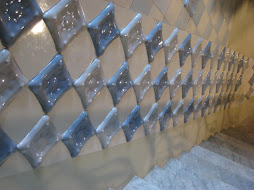

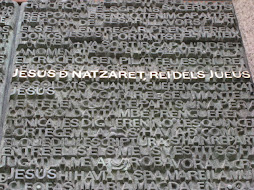
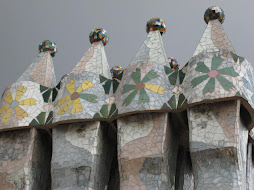
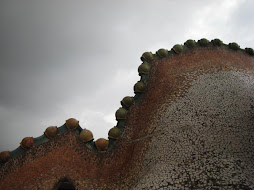

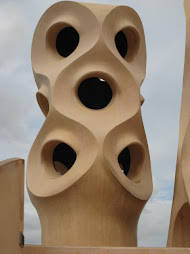




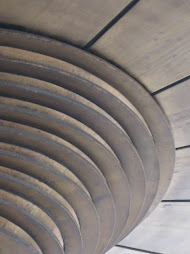
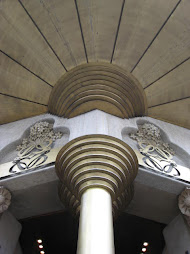
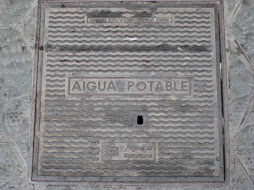
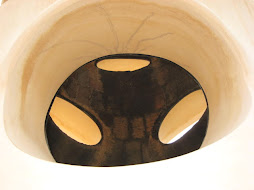

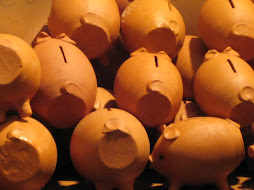

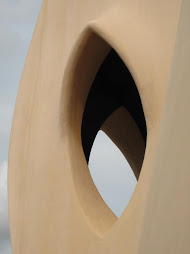
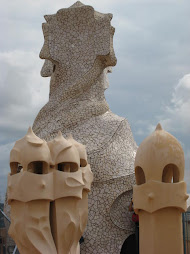

Sem comentários:
Enviar um comentário